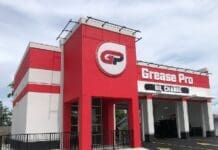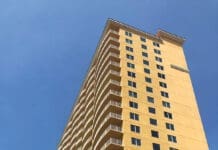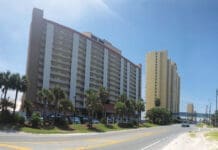
For many local condominium associations, reliable internet service is no longer a “nice-to-have”—it is an absolute necessity. From working remotely to streaming entertainment to supporting smart home devices, today’s residents and guests expect seamless connectivity. When dozens or even hundreds of households share the same property, the challenge for HOAs is how to deliver dependable, high-speed internet in a way that is cost-effective and future-proof.
Why Community WiFi Matters
Condominium owners and renters often rely on the same building infrastructure. Without a coordinated solution, each unit may sign up individually with an internet provider, creating a patchwork of services. This can lead to uneven coverage, unnecessary costs, and headaches for the HOA when residents complain about “dead spots” in lobbies, pools, or other common areas.

Community WiFi, when properly designed, solves these problems by providing a single, consistent network across the property. It can reduce costs for residents, support smart amenities like cameras and access systems, and add real value to the community, but getting there requires careful planning.
Common Pitfalls to Avoid
- Underestimating Demand
It’s easy to think only about today’s internet use, but demand is growing rapidly. A system that feels “fast enough” today may be overloaded tomorrow. Always plan for growth. - Overlooking Infrastructure
Older wiring, poor equipment placement, and interference from nearby buildings can sabotage even the best internet plan. A professional site survey helps reveal these issues before installation. - Skipping Redundancy
Outages do happen, especially in coastal areas where storms can interrupt service. Building in redundancy and backup options keeps the community online when it matters most. - Failing to Separate Networks
HOAs should ensure that guest WiFi and resident WiFi remain separate. This protects privacy, manages bandwidth, and prevents one user from slowing down the entire system.
Planning for Success
The best community networks start with a clear assessment of needs. How many residents and devices need to connect? Where are the high-traffic common areas? What level of speed and reliability do residents expect? Answering these questions upfront helps boards compare apples to apples when reviewing service proposals.
It is also wise to weigh the long-term cost benefits. In many cases, HOAs can negotiate bulk service contracts that deliver better service for less than what residents pay individually. That can become a strong selling point for attracting new buyers or renters.
The Bottom Line
Providing strong internet access is no longer optional for condominium boards—it is a core amenity that drives resident satisfaction, supports modern living, and even increases property value. With the right planning and the right partner, HOAs can avoid the most common pitfalls and deliver reliable, secure service for years to come.
Call to Action:
If your HOA is ready to explore a stronger, community-wide WiFi solution, SecureVision can help. Our team specializes in internet infrastructure for condominium communities and new developments in this area. Contact us today for a complimentary site survey and see how we can design a network that keeps your residents connected—reliably, securely, and affordably.





















































